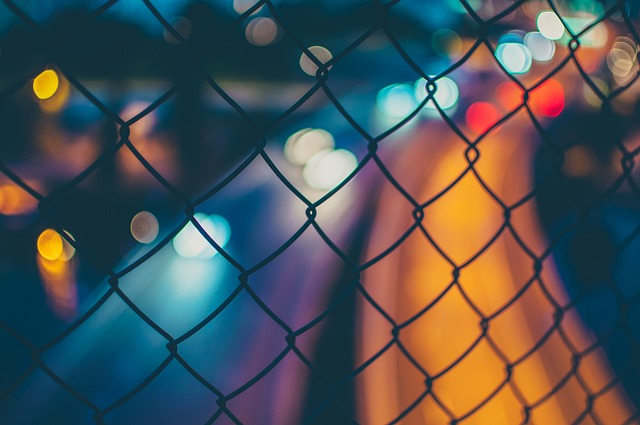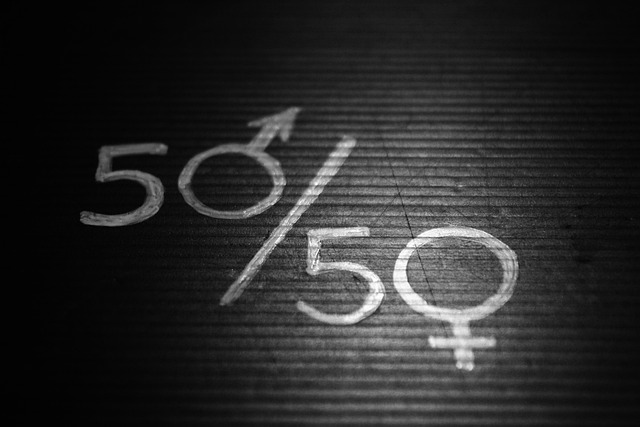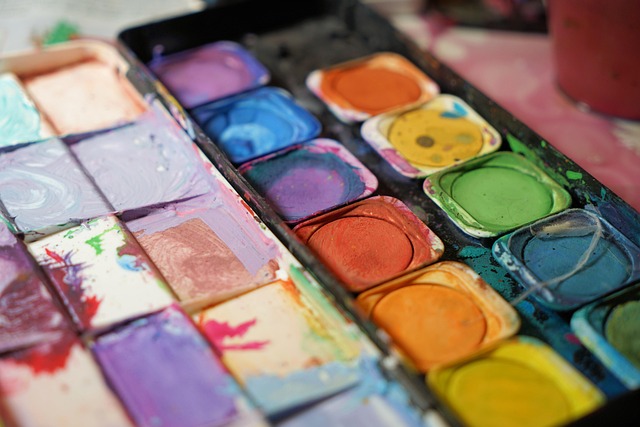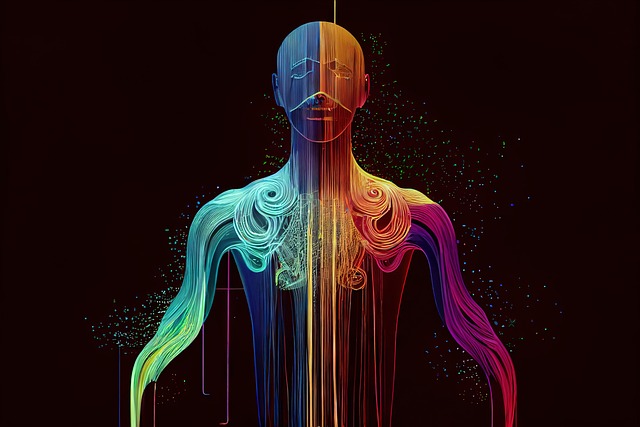In today’s digital age, the fusion of art and design with visual effects has transformed the way we perceive and interact with creativity. Visual effects (VFX) are not merely tools of enhancement; they are a profound element that can elevate art to unimaginable heights. From the realms of cinema to graphic design, the impact of visual effects can be seen across multiple platforms, influencing both the creator’s vision and the audience’s experience.
Visual effects have a unique ability to breathe life into static art forms. Imagine a digital painting that, with the touch of a button, can animate, creating rippling water or a dynamic sunset. Artists can now expand their storytelling capabilities, allowing viewers to engage with art on a deeper level. This new dimension of interactivity transforms passive observation into immersive experience, making art more relatable and emotionally resonant.
In the design world, visual effects play a crucial role in shaping brand identity and capturing audience attention. Graphic designers now employ VFX techniques to make logos, advertisements, and websites come alive. A slick motion graphic might hold a viewer’s gaze longer than a static image, ensuring that messages are not only seen but felt. This increased engagement can lead to stronger brand loyalty and awareness, highlighting the essential role of visual effects in modern design practice.
Moreover, the influence of visual effects extends beyond traditional media. Social media platforms and digital art forums are alive with creators leveraging VFX to showcase their talents. The accessibility of software and tools has democratized the creative process, empowering artists and designers to experiment and innovate. As visual effects become more integrated into everyday art and design, the boundaries blur; what was once seen as separate disciplines now intersects, fostering a collaborative environment where ideas flourish.
The evolution of visual effects has also led to a renewed appreciation for traditional art forms. As digital techniques become more prevalent, artists are revisiting their roots, merging classic skills with modern technology. This hybrid approach not only pays homage to the past but also paves the way for future innovation, revealing the endless possibilities that arise when art and technology converge.
In essence, the impact of visual effects on art and design is profound and multi-layered. They provide artists with innovative tools to explore new dimensions, engage audiences more effectively, and push creative boundaries. As we continue to embrace these advancements, the future of art and design promises to be as dynamic and vibrant as the visual effects that enhance them.




